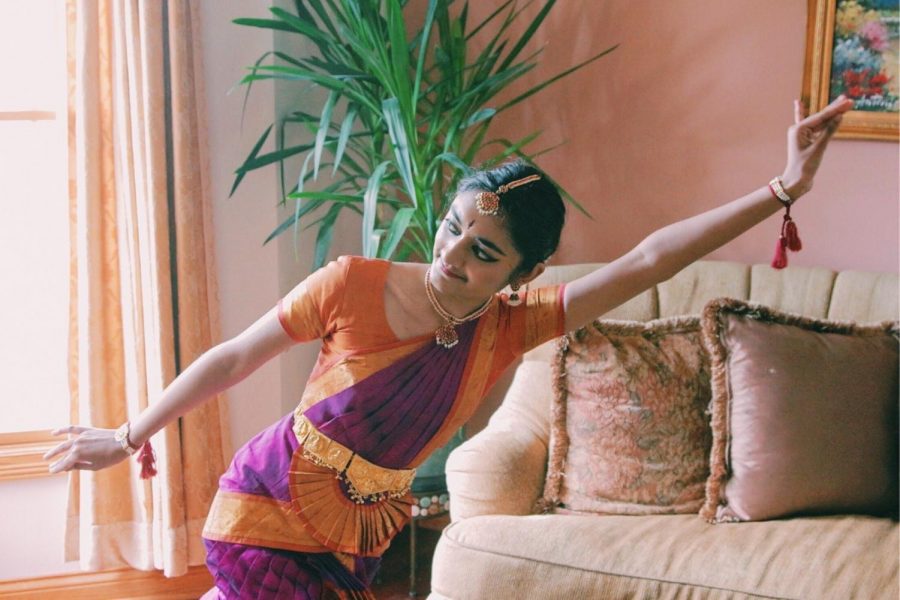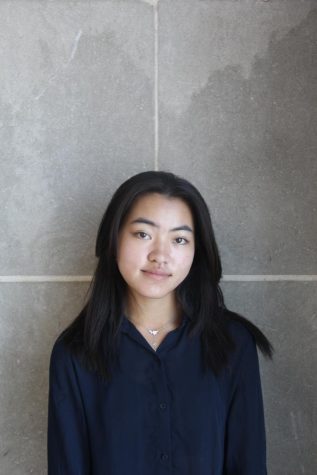Senior does South Indian dance to connect with culture and audience
Anusha Kumar practices Bharatanatyam, a syle of South Indian dance in her basement each day.
October 25, 2021
Central senior Anusha Kumar has been learning Bharatanatyam, a traditional South Indian dance, for the past 13 years, starting when she was four years old.
Kumar first got into dance because of her parents, who are from South India.
“It was just always the obvious choice,” she said. “If I was going to do a form of classical Indian dance it would be Bharatanatyam. It’s very rooted in tradition and that’s something that is hard to preserve, so that was a big reason why I stuck with it.”
Aside from just being able to connect with her culture, Kumar enjoys dance because of the ability to communicate nonverbally.
“I just felt like I was learning so much more because dance is very different from any other subject,” she said. “There’s no verbal communication. That was very different than anything I’ve ever experienced, just being able to understand emotions and convey them without actually speaking.”
Hema Rajagopalan, Kumar’s long-term coach, heavily focuses on expression through dance in their lessons. Rajagopalan has recently been announced as the first Indian-American to receive the See Chicago Dance Legacy Award.
“I think this is a very proud moment for Indian dance,” Rajagopalan said. “If somebody recognizes your work, you feel like you’re being recognized, you feel like your work is important, it gives credibility… I hope my students who have learned through me learn from me. Go beyond me.”
Rajagopalan has encouraged Kumar to continue with dance even when she faced challenges.
“Most dancers don’t really look like me,” Kumar said. “They’re a lot shorter and they are just a little bit more muscular, so it makes it a lot easier to do dance. I don’t fit that mold exactly. So dance has never been an easy thing for me, but I’ve worked hard to get better and my teacher has encouraged me to work with that, and now I really see progress.”
Kumar has classes three times a week and practices by herself every day in her family’s basement. Her usual routine is to warm-up with stretches and basic movements, then drill the pieces she’s working on in class.
“Dance is not just a physical challenge, but also a mental challenge, because unlike a lot of other sports, I don’t see my teacher every day,” Kumar said. “I don’t have a coach to motivate me to keep going and keep practicing every day. I do consider dance a sport because it’s very intense, so it’s definitely been both a physical and mental journey for me.”
Kumar’s goal when performing is to communicate with the audience and make them feel something.
“I want the audience to connect with what I’m communicating and feel the emotions I’m trying to convey,” she said. “A big part of all types of dance is storytelling, and as an artist and a storyteller, that’s my main goal, to just communicate and allow my audience to feel the emotions that I’m feeling…It definitely has not been a smooth journey, but more than that, dance is really just empathizing with other people. That makes me better at connecting with other people in daily life.”








